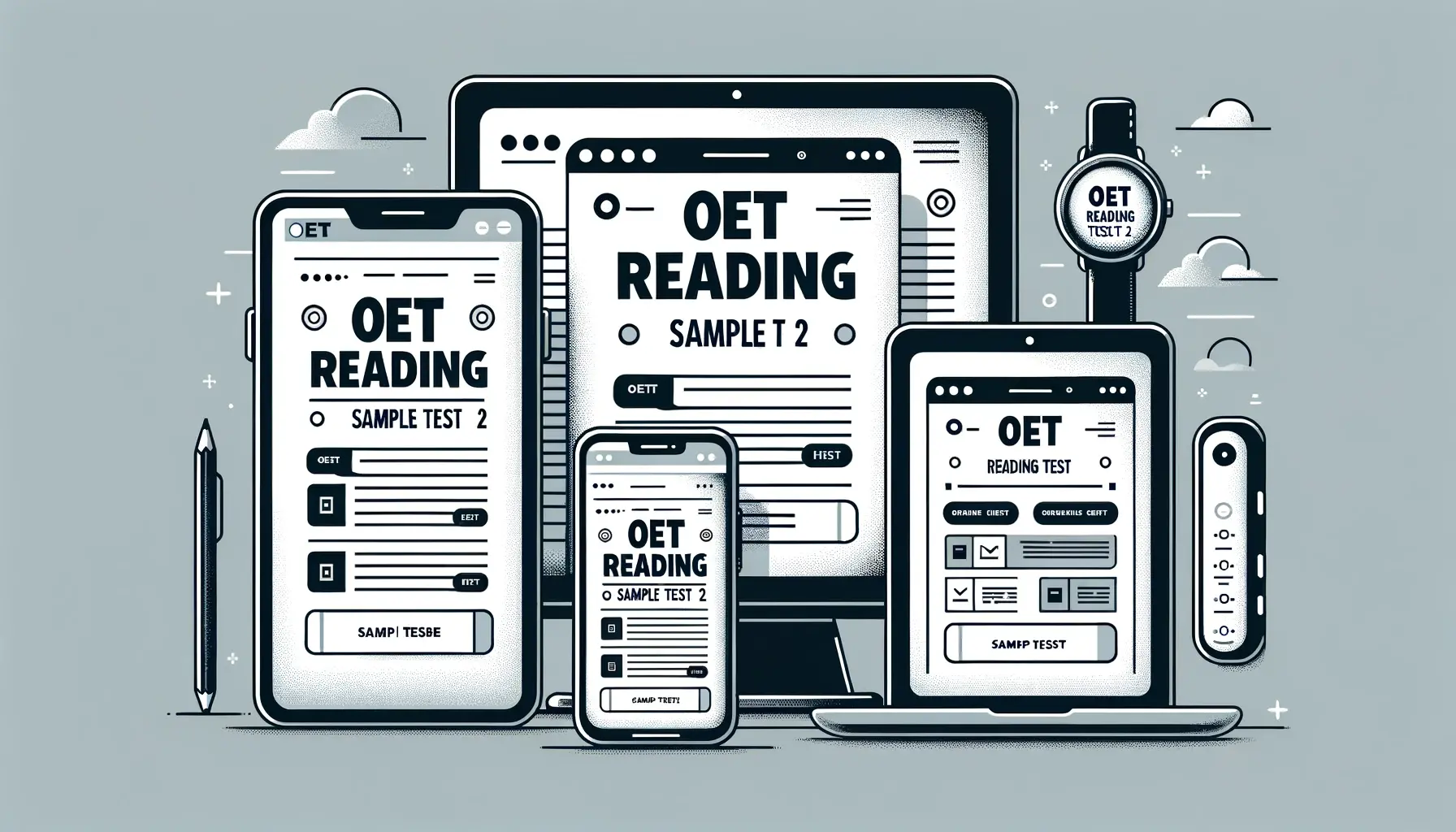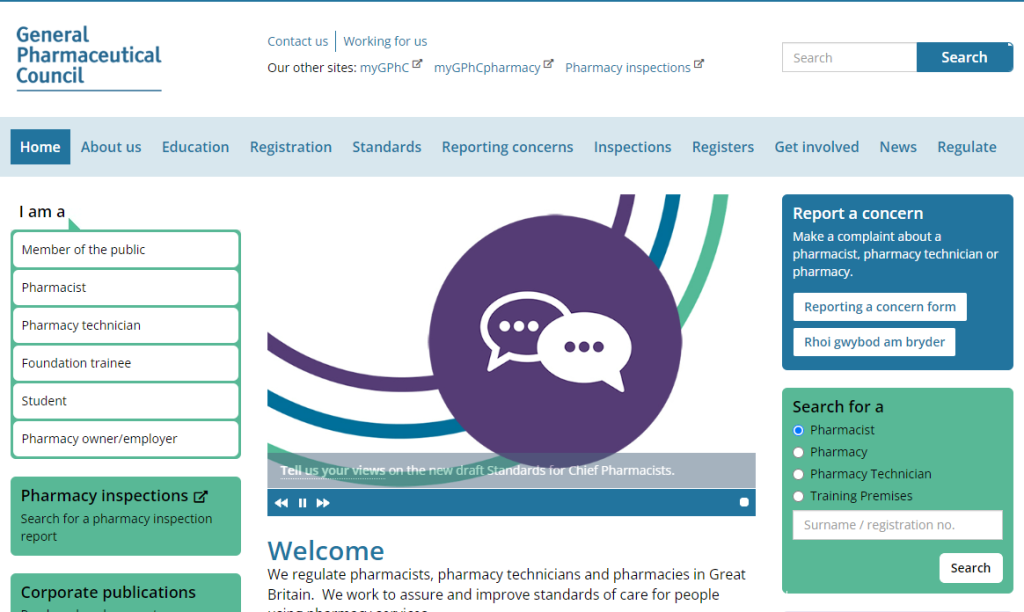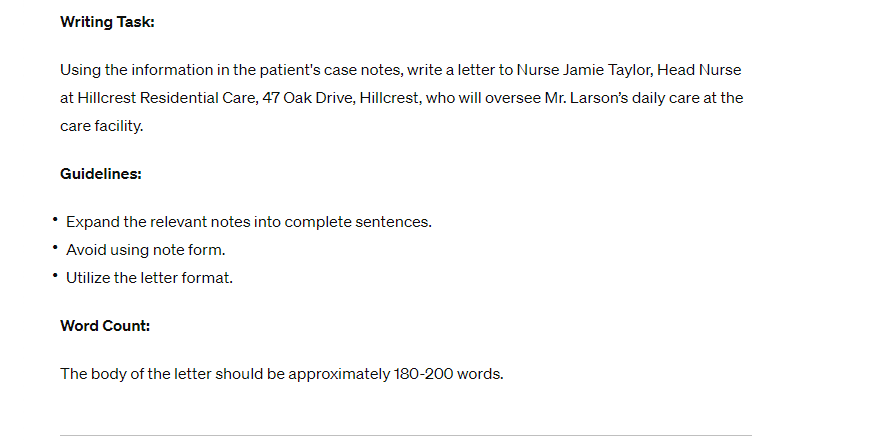This collection of questions and answers has been meticulously crafted for the OET Reading Part A section, offering a comprehensive practice tool for those preparing for this crucial component of the examination. Designed to closely emulate the structure and content of actual OET Reading Part A questions, this resource aims to provide a realistic and effective means of preparation.
OET Reading Part A Task
Text A
Need for Detailed Reporting of Design and Decision-Making Processes
Inaccurate reporting of design, conduct, and analysis in early phase drug formulation (EPDF) trials can hinder assessments of their reliability, safety, and efficacy, potentially eroding public trust in research. Clear reporting is vital to avoid incorrect dose selection, which often leads to failures in later trial phases, regulatory delays, or post-approval dose adjustments due to toxicities or inefficacy. The use of more complex dose escalation or de-escalation designs has increased substantially, from 1.6% of trials in 1991-2006 to 25.7% in a 2022 sample. These designs necessitate detailed specification of study features. Therefore, to ensure accurate evaluation and replication of EPDF trials, it’s crucial to provide comprehensive and clear information about their design and decision-making processes.
Text B
“Development of Reporting Standards for EPDF Trials: CONSORT-DEFINE’s Methodological Foundation”
A methodological review of published early phase drug formulation (EPDF) trials was conducted to identify reporting features and deficiencies. This review informed the initial creation of candidate items for the CONSORT-DEFINE guidelines. The process drew broadly from existing reporting guidelines such as CONSORT 2010, SPIRIT 2013, the Adaptive designs CONSORT Extension, and a proposal for phase 1 dose-finding cancer trials. Additionally, the generation of further candidate items involved the analysis of peer-reviewed and unpublished literature, including regulatory and industry advisory documents, citation tracking, and expert consultations.
Text C
Global Strategies for Visceral Leishmaniasis
While successful elimination programmes have reduced leishmaniasis to fewer than 1 case per 10,000 population in several endemic countries, the disease remains widespread globally. Additionally, cases are emerging in non-endemic countries due to increased travel and unrest. This article outlines the global management strategies for visceral leishmaniasis (kala-azar), highlighting the September 2022 updates to the PAHO guidelines for the Americas and the June 2022 updates to the WHO treatment regimens for HIV co-infection in South-East Asia and East Africa. A separate article covers the diagnosis of visceral leishmaniasis.
Text D
Study Criteria at Kala-Azar Research Center
This open-label study was conducted at the Kala-Azar Medical Research Centre in Muzaffarpur, Bihar, a region endemic with visceral leishmaniasis caused by Leishmania donovani. Approved by the ethics committee of Banaras Hindu University, the study enrolled patients of any age with symptoms of visceral leishmaniasis and confirmed parasitic presence in splenic aspirate smears. Exclusion criteria included pregnancy, breastfeeding, HIV positivity, serious concurrent infections like tuberculosis, or specific blood count thresholds. Eight patients were excluded based on these criteria.
Sample Questions and Answers for OET Reading Part A Bssed on above Texts
TIME: 15 minutes
- Look at the four texts, A-D, in the separate Text Booklet.
- For each question, 1-20, look through the texts, A-D, to find the relevant information.
- Write your answers in the spaces provided in this Question Paper
. - Answer all the questions within the 15-minute time limit.
- Your answers should only be taken from texts A-D and must be correctly spelt.
Questions:
1. What is crucial to prevent the erosion of public trust in EPDF trials?
2. What issue can arise from incorrect dose selection in EPDF trials?
3. What did the methodological review for EPDF trials aim to inform?
4. What informed the generation of further candidate items for the guidelines?
5. Which guidelines for visceral leishmaniasis were updated in September 2022?
6. What was a requirement for patient inclusion in the Kala-Azar Medical Research Centre study?
7. What was one reason for excluding patients from the Kala-Azar study?
Questions 8-14
Answer each of the questions, 8-14, with a word or short phrase from one of the texts. Each answer may
include words, numbers or both. You should not write full sentences.
8. The proportion of trials using more complex dose designs in EPDF trials rose to ________ in 2022.
9. Clear reporting in EPDF trials is vital to avoid ________.
10. The initial creation of candidate items for EPDF trials was informed by a ________
11. Further candidate items for the guidelines were generated through the analysis of ________
12. The ________ guidelines for visceral leishmaniasis were updated in September 2022
13. For inclusion in the Kala-Azar study, patients needed to show symptoms and confirmed ________ in smears
14. Pregnancy was one of the ________ for exclusion from the Kala-Azar study
Questions 15-20
Complete each of the sentences, 15-20, with a word or short phrase from one of the texts. Each answer may
include words, numbers or both.
15. To avoid failures in later trial phases, EPDF trials must have clear reporting to prevent .
16. The CONSORT-DEFINE guidelines for EPDF trials were informed by a .
17. For the generation of additional items for the guidelines, the review included .
18. The organization updated its guidelines for visceral leishmaniasis in the Americas in 2022.
19. In the Kala-Azar study, a condition for patient exclusion was being .
20. Patients with symptoms of visceral leishmaniasis and confirmed presence of in smears were eligible for the Kala-Azar study.
Credits:
This valuable resource for OET Reading Part A practice has been created by Sibi Malayil, whose dedication and expertise in the field of English language testing have been instrumental in its development. This compilation not only reflects a deep understanding of the OET exam’s intricacies but also Sibi Malayil’s commitment to aiding candidates in their pursuit of success. All credit for this resource compilation goes to Sibi Malayil for his contributions and unwavering dedication to excellence in language education.
Answers:
1. Reporting
2. Failures
3. CONSORT-DEFINE
4. Literature
5. PAHO
6. Symptoms
7. Pregnancy
8. 25.7%
9. Incorrect Dose Selection
10. Methodological Review
11. Peer-Reviewed Literature
12. PAHO
13. Parasites
14. Criteria
15. Incorrect Dose Selection
16. Methodological Review
17. Peer-Reviewed Literature
18. PAHO
19. HIV Positive
20. Parasites









Leave a Reply